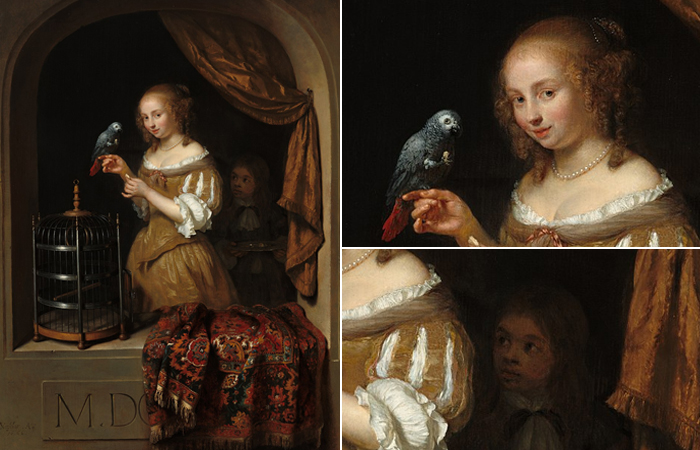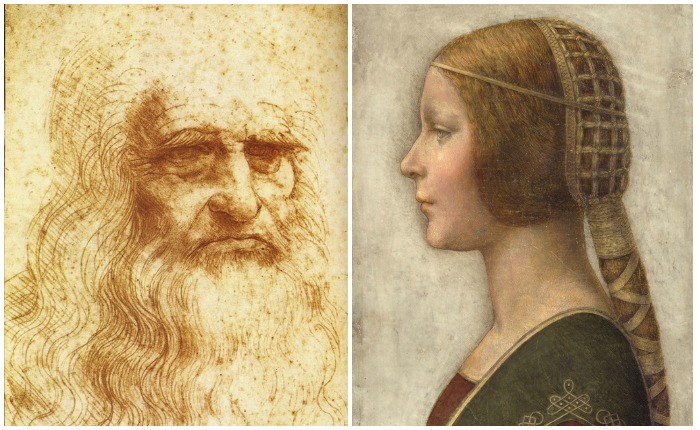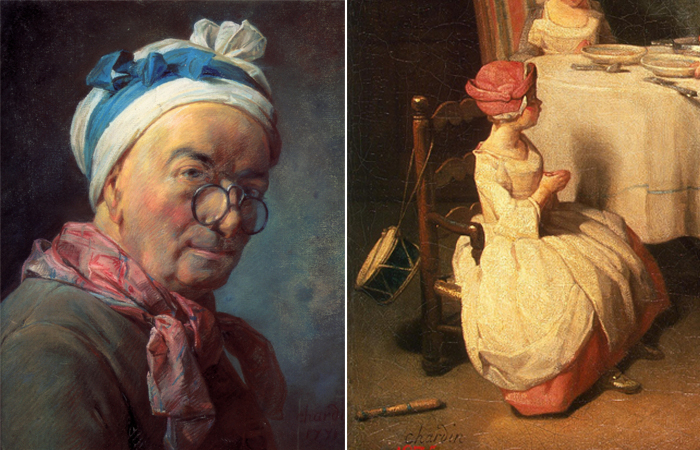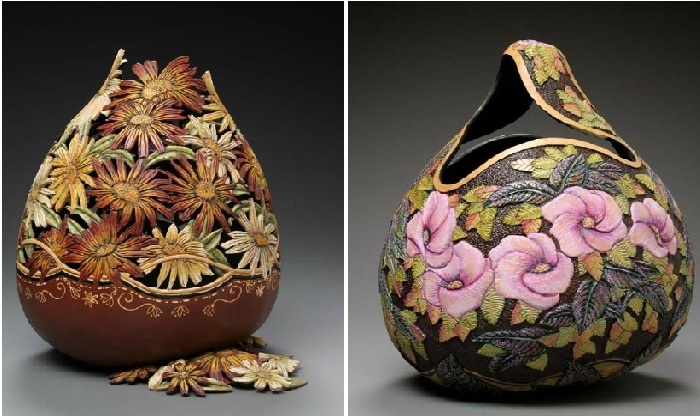Two brides for one groom: The riddle of a picturesque plot about the mystical betrothal of St. Catherine
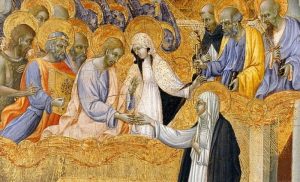 Among the works of Renaissance masters and later periods in the history of painting, there are often those that depict “the mystical betrothal of St. Catherine.” At the same time, the essence of what is happening may seem vague – after all, betrothal in the usual sense of modern man does not occur on canvas. It turns out that two different women could be brides in such paintings, but the groom is always alone.
Among the works of Renaissance masters and later periods in the history of painting, there are often those that depict “the mystical betrothal of St. Catherine.” At the same time, the essence of what is happening may seem vague – after all, betrothal in the usual sense of modern man does not occur on canvas. It turns out that two different women could be brides in such paintings, but the groom is always alone.
First bride – St. Catherine of Alexandria
St. Catherine of Alexandria lived in Egypt in the 3rd century AD. Before the adoption of Christianity, she bore the name of Dorothea and was the daughter of the ruler of Alexandria. The girl was famous for her extraordinary beauty, wisdom, spiritual qualities, and was, of course, an enviable bride, but in grooms she wanted only the most worthy – the one who will surpass her in everything. Then Catherine’s mother took her to the old hermit, who was praying in a cave near the city. He told the girl that he knew the one who is better in everything.
The image of Christ made a strong impression on the girl, and soon a vision came to her: she found herself in front of the Virgin Mary with a baby, but he refused to look at Catherine, because she was ugly, impoverished and crazy, because she was not marked by the Holy Spirit. Then the girl asked the old man to perform the baptismal ceremony on her and began to pray. A new vision showed the Virgin with her baby, who called Catherine the bride and put a ring on her finger.
After some time, Emperor Maximin arrived in Alexandria. Catherine went to the ruler’s palace to convince him to abandon the worship of pagan gods and accept the Christian faith. Maximin called on the best scientists to, in turn, force the girl to renounce Christianity. But after a conversation with the girl, the sages began to switch to her faith, for which the angry emperor ordered everyone to be burned at the stake. The girl was ordered to be thrown into prison, for her the emperor invented torture with a wheel, and everyone who followed the girl into a new religion, he prepared the death penalty, including his wife. According to legend, the wheel was destroyed by an angel descending to earth. At the behest of the emperor, Catherine was beheaded by the sword, thus taking a martyr’s death at eighteen.
Catherine of Alexandria was counted among the saints – this happened before the separation of the churches, and therefore the saint is revered by both the Catholic and the Orthodox Church. Her name was the Order of the Russian Empire, which was established under Peter I. The first lady to receive the order was the wife of Peter I, Catherine, and later he was handed over to the Grand Duchesses and Princesses, this was a symbol of belonging to the higher circles of society.
The second bride – St. Catherine of Siena
But Christian history also knew another Catherine, a saint of the Catholic Church, and she, too, was the bride of Christ depicted in paintings and icons. She was born in the Italian city of Siena in the middle of the 14th century.
Catherine received her name in honor of that very saint from Alexandria, and in her life she was guided by her own. At the age of seven, she took the so-called vow of virginity. The girl’s family was initially against her dedication to Christ, they tried to marry her and loaded her with housework to break her will. But once, when, during a prayer, a dove fell on her head from heaven during a prayer, they considered it a sign from above and stopped resisting Catherine’s choice. The girl entered the path of monastic service.
From childhood, she was visited by visions. During one of them, Saint Dominic appeared to Catherine, who handed the girl a white lily – it burned, but did not burn, like an indelible bible from a bible plot.
And in 1367, when the carnival was taking place in Siena, Catherine indulged in prayers, and following the example of a saint from Alexandria, she asked Christ “to marry her in faith”. Then he and the Holy Virgin came to her home, and, as in the case of Catherine of Alexandria, a rite of engagement took place. The bride also wore a ring on her finger, which she wore for the rest of her life, and for all but Catherine herself, it was invisible.
The house on Fontebranda Street – the same one where the ceremony took place, has since been revered by believers, during the carnival, passing by it, the participants take off their masks. The inscription on the building reads: “This is the house of Catherine, the bride of Christ.”
St. Catherine belonged to the Order of the Dominicans, practiced austerity, devoting herself to the works of mercy. A community began to take shape around her, the number of followers grew, Catherine became the first woman to preach in the church. Catherine contributed to the fact that the papal residence was returned from Avignon to Rome. The correspondence and literary heritage of the bride of Christ had great significance on the religious policy of the time. Moreover, continuing the tradition of mystical visions, she allegedly wrote a number of her works in a state of trance, ecstasy, writing God’s words in addition to her own will.
